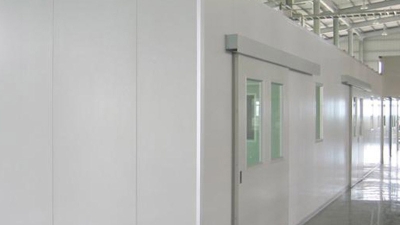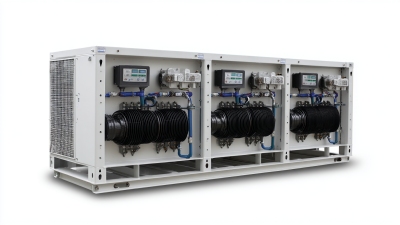Mastering the Setup: A Comprehensive Guide to Installing Condensing Unit Cold Rooms
Table of Contents
- Understanding the Fundamentals of Condensing Units and Their Functionality
- Choosing the Right Location: Key Considerations for Cold Room Installation
- Essential Tools and Equipment for Setting Up Condensing Units
- Step-by-Step Guide to Installing Condensing Units Efficiently
- Common Mistakes to Avoid During Cold Room Setup
- Maintaining Optimal Performance: Tips for Ongoing Care and Troubleshooting
- Maximizing Efficiency in Cold Storage: Insights from Industry Reports on 10*10*2.7m Walk-In Freezers
- FAQS
- Conclusion
- Related Posts
In today’s fast-changing world of refrigeration, having reliable and efficient cold storage options is more important than ever. If you look at what Mordor Intelligence reports, the global cold storage market is expected to grow by more than 10% annually from 2021 all the way until 2026. That really shows just how much demand there’s been lately for trustworthy temperature-controlled environments.
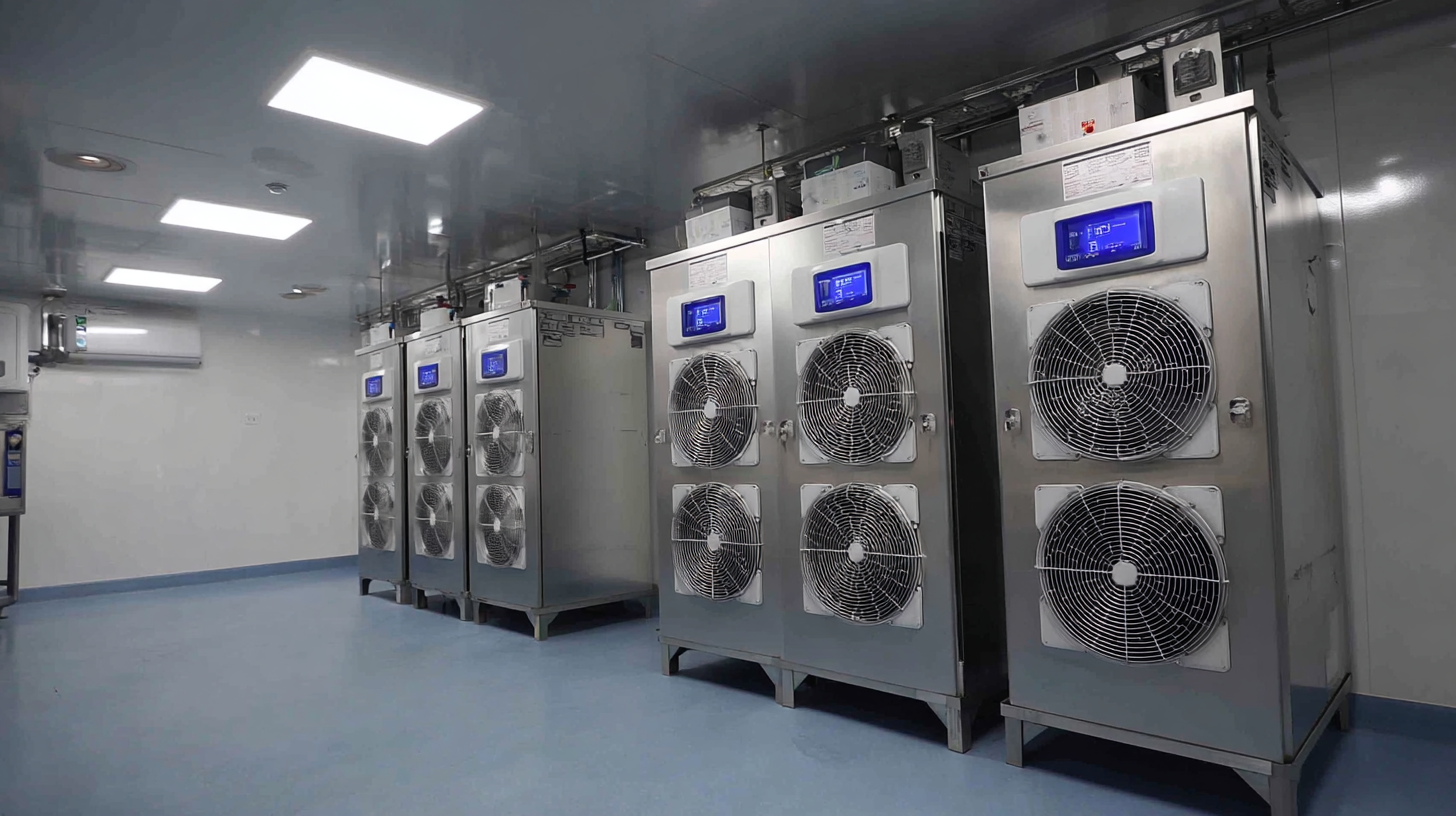
One key piece of this puzzle is the Condensing Unit Cold Rooms—they’re basically the backbone that helps keep perishable stuff fresh, whether it’s food, medicine, or other sensitive products. At Guangxi Cooler Refrigeration Equipment Co., Ltd., we’re all about providing comprehensive cold storage solutions—from planning and designing to supplying the equipment. We make the whole process super straightforward with personalized, one-on-one service, so you don’t have to worry about a thing.
Whether you're setting up for food processing, pharma, or something else, we tailor solutions to fit your specific needs. As we walk you through the ins and outs of setting up your condensing unit cold room, our goal is to give you the tips and insights you need to keep everything running smoothly and lasting longer.
Understanding the Fundamentals of Condensing Units and Their Functionality
A condensing unit is pretty much the backbone of refrigeration setups, especially when you're dealing with cold rooms. If you really want to get a good handle on how everything works, understanding what it does is key. Basically, these units work by compressing the refrigerant gas into a liquid, which then helps cool down the space as it evaporates. This whole cycle isn’t just about keeping things chilly—it also makes sure you're using energy wisely, which is super important if your business depends on maintaining specific temperatures.
Lately, with all the tech advances happening, smart systems are starting to be integrated into condensing units. Kinda like how open RAN architecture splits functions between central and local units, this approach offers some cool benefits. It makes managing the load easier and allows for real-time tweaks to performance, so your cold room stays in tip-top shape no matter what. By adopting these new ideas, you can really fine-tune your setup for better efficiency and precision, all while taking advantage of the latest in cooling tech.
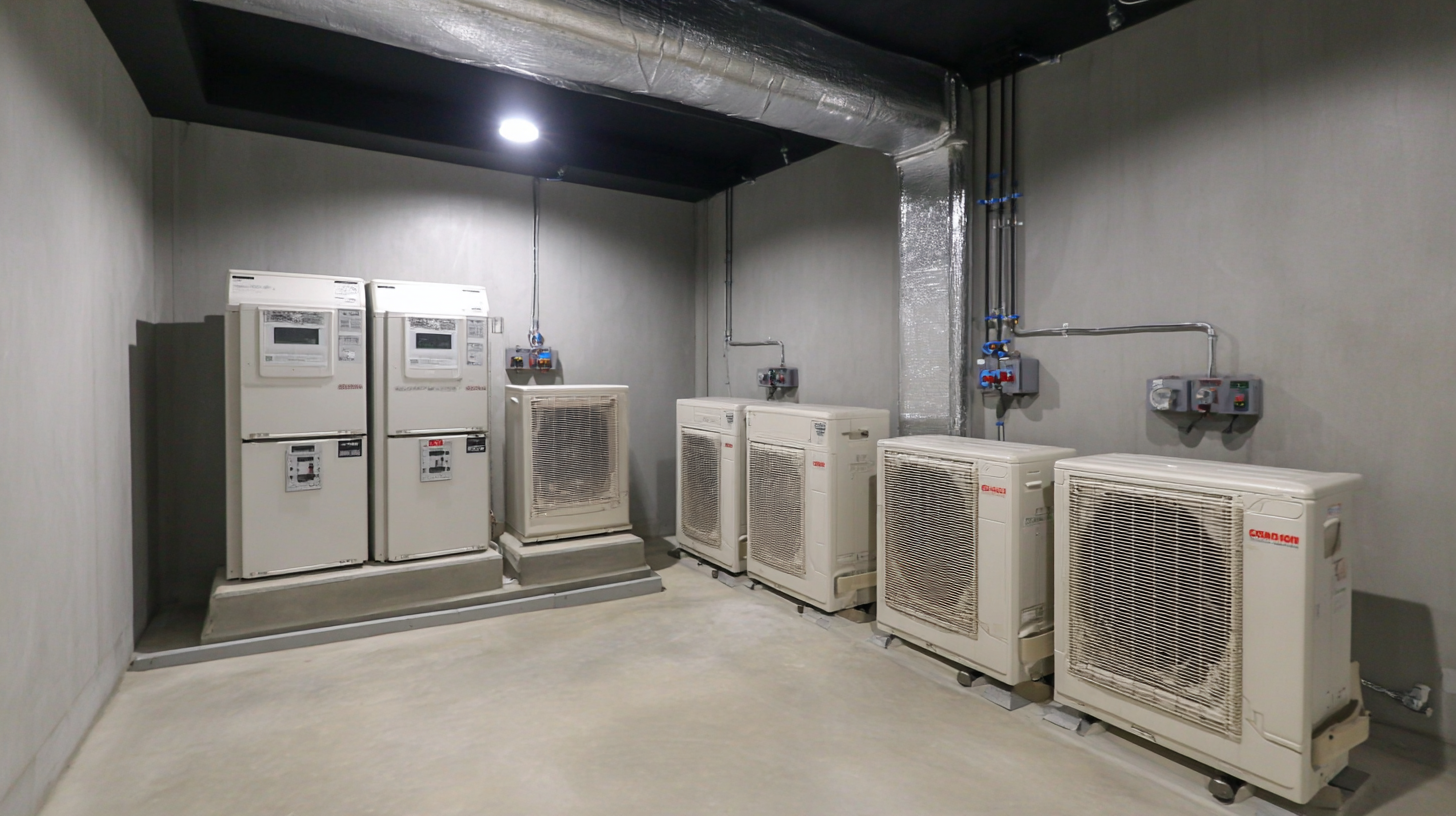
Choosing the Right Location: Key Considerations for Cold Room Installation
When you're setting up a condensing unit for a cold room, one of the biggest things to think about is really where you put it. The spot you choose can make a huge difference in how well the cooling system works and, ultimately, how fresh and safe your stored goods stay. I’ve read some recent stuff on energy management in food storage, and surprisingly, just picking the right location can cut energy use by up to 30%. So, it’s pretty important to pick a spot that has good airflow, easy access for deliveries, and isn’t going to have big temperature swings.
Another thing to keep in mind is how close the site is to other utilities and infrastructure. For example, cold storage facilities near power sources tend to have fewer power outages, which is a big plus because interruptions can really mess with temperature controls. We should also think about things like the local climate — stuff like ambient temperature, humidity, and whether the site gets a lot of direct sunlight — since these can put extra stress on the cooling system. All in all, considering these factors helps ensure your cold room setups meet safety standards, work efficiently, and keep your products in top shape.
Mastering the Setup: Key Considerations for Cold Room Installation
Essential Tools and Equipment for Setting Up Condensing Units
When you're setting up a condensing unit for cold rooms, having the right tools on hand is pretty much a must for a smooth install. First off, you really want a dependable set of hand tools—stuff like wrenches, screwdrivers, and pliers are lifesavers when it comes to putting everything together and making those little adjustments. And don’t forget measuring tools too, like tape measures and levels. They help make sure everything’s lined up just right so the unit runs efficiently and avoids problems down the line.
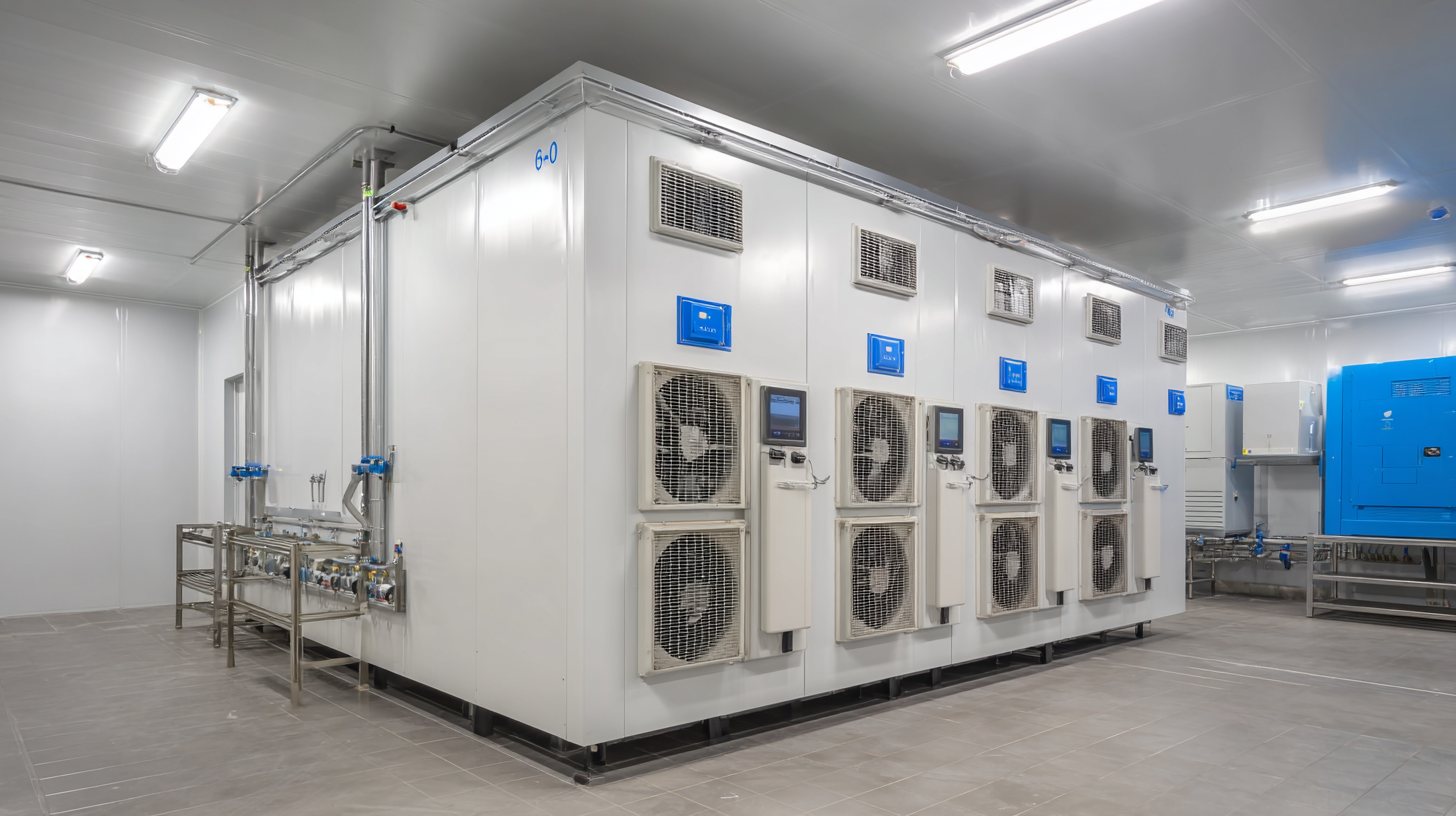
On top of that, there are some specialized pieces of equipment you’ll need. A refrigerant recovery machine is super important—it keeps everything safe by properly handling and recycling the refrigerants. You’ll also want a good vacuum pump to suck out any moisture from the system before you charge it with refrigerant. Oh, and a digital manifold gauge set is pretty handy for monitoring pressure and catching potential issues early. Investing in quality tools not only makes the installation easier but also helps the cold room work better in the long run and last longer.
Step-by-Step Guide to Installing Condensing Units Efficiently
Putting in condensing units for cold rooms isn’t too complicated if you take it step by step. The secret is in some good planning and careful execution. Start by picking the right unit for your cold room—think about how much cooling you really need and how much space you've got.
It’s smart to go for models that are energy-efficient and match what your operation actually requires. When you choose where to place the unit, make sure there’s plenty of airflow and easy access for maintenance later on. Getting this part right really helps the system run longer and better.
Once you have the unit in position, move on to the connections. Make sure the refrigerant lines are securely attached and sealed up tight—no leaks allowed! Be sure to follow the manufacturer’s instructions when hooking up the electrical stuff, and keep safety and local codes in mind. After everything's connected—plumbing and electrical—do a thorough check before turning the system on. Keep an eye out for anything odd like vibrations or strange noises, and tweak things if needed. Stick to these steps, and you'll get your condensing units installed efficiently, helping your cold rooms stay cool and run smoothly for a long time.
Common Mistakes to Avoid During Cold Room Setup
Setting up a condensing unit for a cold room might seem straightforward, but it’s actually pretty important—especially for businesses in the food and pharma worlds. And honestly, a lot of installers slip up on certain things, which can cause headaches later on—like inefficiencies or even costly repairs. One of the most common mistakes? Not paying attention to exactly where you place that condensing unit. It needs to be in a spot with good airflow, away from heat sources, and with enough space around it so air can circulate properly. Trust me, this tiny detail can really affect how well the unit works and how long it lasts.
Another thing folks often miss is making sure the cold room is the right size for what they need. Too big, and you're wasting energy; too small, and it just won’t keep the stuff cold enough. So, do your homework—figure out exactly how much storage space you’ll need before you buy or build. It’s worth it.
**Pro tip:** When you’re installing everything, don’t skip reading the manufacturer’s instructions. Take your time with it—understanding how the unit works from the get-go can save you a lot of trouble.
**Another tip:** Keep an eye on your cold room’s insulation. Regular checks and proper insulation help keep things at the right temperature and can save you a bunch on energy bills over time. It’s all about working smarter, not harder.
Maintaining Optimal Performance: Tips for Ongoing Care and Troubleshooting
Keeping your condensing unit cold rooms running smoothly is actually pretty important if you want them to last longer and use energy efficiently. Doing regular maintenance checks can really cut down on those extra costs from running refrigeration systems. I came across a report from the International Institute of Refrigeration that says cold storage facilities that aren’t properly maintained can waste up to 30% of their energy — that’s a big chunk! Just simple things like checking refrigerant levels, cleaning the condenser coils, and making sure air moves around properly can make a huge difference, helping your system perform better and save you on energy bills.
And don’t forget, fixing issues early on is just as important. For example, the U.S. Department of Energy points out that if your cold storage temperature starts creeping up, it might be due to a bad seal or insulation problems. Catching these early can help prevent your products from spoiling and avoid expensive downtime. Also, having a maintenance plan that includes regular staff training on how to spot issues can really keep things running smoothly and prevent small problems from turning into big headaches down the line.
Mastering the Setup: A Comprehensive Guide to Installing Condensing Unit Cold Rooms - Maintaining Optimal Performance: Tips for Ongoing Care and Troubleshooting
| Dimension | Value | Measurement Unit | Comments |
|---|---|---|---|
| Room Volume | 400 | Cubic Meters | Standard size for small storage |
| Temperature Setting | -18 | Degrees Celsius | Optimal for freezing applications |
| Humidity Level | 60 | Percentage | Maintain to prevent frost |
| Energy Consumption | 12 | kWh/day | Average for this unit size |
| Maintenance Frequency | Monthly | N/A | Regular checks recommended |
| Common Issues | Frost Build-up | N/A | Check humidity and seals |
Maximizing Efficiency in Cold Storage: Insights from Industry Reports on 10*10*2.7m Walk-In Freezers
In the competitive landscape of food preservation, maximizing efficiency in cold storage is paramount. According to industry reports, walk-in freezers configured at dimensions of 10*10*2.7m not only optimize space but also enhance operational efficiency. This size allows for optimal airflow and temperature management, which is critical in maintaining product quality and safety. Industry data indicates that effective temperature control can reduce spoilage rates by as much as 20%, presenting significant cost savings for businesses.
At the heart of cold storage solutions is the refrigeration equipment itself. Our factory specializes in customized refrigeration units, capable of fulfilling specific operational requirements. The robust quality assurance processes we employ—backed by stringent inspections throughout manufacturing—ensure that every product delivered meets the highest standards of performance and durability. Customers can also request detailed documentation of each production stage, providing transparency and reassurance about the reliability of their equipment.
The integration of advanced technology in our walk-in freezer units further contributes to operational efficiency. Reports suggest that modern units equipped with energy-efficient compressors and smart monitoring systems can lead to energy savings of 30% or more. This not only reduces operational costs but also supports sustainability efforts by minimizing energy consumption. Businesses looking to enhance their cold storage capabilities will find that our bespoke solutions are designed not just to meet current needs but also to anticipate future demands in an evolving industry.
FAQS
: A condensing unit compresses refrigerant gas and transforms it into a liquid state, which cools the surroundings as it evaporates, maintaining low temperatures and optimizing energy efficiency.
The integration of smart systems allows for splitting functionality between central and distributed units, enhancing load management and enabling real-time performance adjustments for optimal operation.
Key considerations include proper airflow, easy access for deliveries, proximity to power sources, and minimizing temperature fluctuations to maintain efficiency and product quality.
Proper location optimization can reduce energy consumption by up to 30%, improving the efficiency of the cooling system and enhancing the quality of stored goods.
Neglecting to place the condensing unit in a well-ventilated area away from heat sources and ensuring enough clearance for proper air circulation is a significant error that can affect performance.
Proper sizing is crucial because overestimating or underestimating space can lead to poor temperature regulation and increased energy costs, so a thorough assessment of storage requirements is necessary.
Installers should take the time to thoroughly read the manufacturer's instructions, which helps ensure that the unit operates correctly.
Proper insulation helps maintain the desired temperature and improves energy efficiency, ultimately reducing operational costs over time.
Conclusion
Hey there! In our easy-to-follow guide, 'Mastering the Setup: A Complete Guide to Installing Your Condensing Unit Cold Room,' we dive into all the important stuff you need to know about getting your cold storage up and running smoothly. First off, understanding how condensing units work is really the key — it helps you choose the perfect spot that fits your specific needs. We also go over the essential tools and equipment you'll want on hand to make the installation go as smoothly as possible. And don’t worry, we’ve broken it down into simple, step-by-step instructions to keep things efficient and stress-free.
Of course, you've got to watch out for some common mistakes—trust us, they can get pretty costly if you don’t catch them early. That’s why we stress the importance of avoiding those pitfalls and sharing some handy tips for keeping your cold room running at its best. Plus, regular maintenance and troubleshooting can really extend the life of your setup. Here at Guangxi Cooler Refrigeration Equipment Co., Ltd., we’re all about giving you a one-stop shop for cold storage solutions—making sure your buying experience is smooth, easy, and tailored just right for whatever you need.
Blog Tags:


